0 Comments
Artist Jill Bliss captures the magical beauty of mushrooms in her gorgeous temporary fungi arrangements called "Nature Medleys". These stunning compositions show the diverse texture, types, and colors of fungi in eye-catching detail. Bliss offers her photography work as prints and stationery in her online shop. You can see more of her work on her website and Instagram.
Source: inhabitat.com La artista Jill Bliss captura la belleza mágica de los hongos en sus magníficos arreglos temporales llamados "Nature Medleys". Estas impresionantes composiciones muestran la diversidad de texturas, tipos y colores de los hongos en llamativos detalles. Bliss ofrece su trabajo de fotografía como impresiones y artículos de papelería en su tienda en línea. Puedes ver más de su trabajo en su sitio website e Instagram. Fuente: inhabitat.com Photos: leaf republic Pedram Zolgadri and Carolin Fiechter created leaf republic, a company that focus on food packaging and one-way dishes, fully renewable and fully biodegradable. This recyclable plates are made from a group of leaves that are sewn together using fibers from palm leaves. The plates are made by compressing three layers of palm leaves together, having a middle layer of paper also made from leaves. The end result is a waterproof plate that takes just 28 days to decompose. "This is not only about outdoor tableware. It is about food packaging. It is about preventing plastic waste. It is about preventing trees from being cut for paper production. It is about the next generations." Sorce: www.kickstarter.com Pedram Zolgadri y Carolin Fiechter crearon Leaf Republic, una empresa que se centra en el envasado de alimentos y platos de una sola vía, totalmente renovables y completamente biodegradables. Estos platos reciclables están hechos de un grupo de hojas que se cosen con fibras de hojas de palma. Los platos se hacen comprimiendo juntos tres capas de hojas de palma, teniendo una capa intermedia de papel también hecha de hojas. El resultado final es un plato impermeable que tarda solo 28 días en descomponerse. "No se trata solo de vajillas para el exterior. Se trata de envasar alimentos. Se trata de evitar los desechos de plástico. Se trata de evitar que los árboles se corten para la producción de papel. Se trata de las próximas generaciones". Fuente: www.kickstarter.com Images: Lacoste "Save Our Species" collection www.lacoste.com Lacoste is swapping out its signature crocodile logo with 10 endangered animals, including the Sumatran Tiger, Vaquita, Anegada Ground Iguana, Saola, California Condor and Kakapo Parrot. The already sold out limited-edition polo collection "Save our species" features the threatened species in the crocodile's spot. The number of polos produced for each series corresponds to the remaining population sizes in the wild. For example, there were 30 versions with the Vaquitas and 450 with the Anegada Rock Iguana. This campaign is a partnership with the International Union for Conservation of Nature, by buying a polo, costumers participated in helping IUCN and Lacoste in the fight for wildlife conservation worldwide. Lacoste sold 1,775 shirts in total. Source: lacoste.com Lacoste cambió su logotipo de cocodrilo con 10 animales en peligro de extinción, incluidos el tigre de Sumatra, la vaquita marina, la iguana de tierra Anegada, el cóndor de Saola, el cóndor de California y el Kakapo.
La colección de polos de edición limitada y ya agotada "Save our species" presenta las especies amenazadas en el lugar del cocodrilo. El número de polos producidos para cada serie corresponde al tamaños de población restantes en la naturaleza. Por ejemplo, hubo 30 versiones con Vaquitas y 450 con la Iguana Anegada. Esta campaña es una asociación con la Unión Internacional para la Conservación de la Naturaleza, al comprar un polo, los clientes participaron en ayudar a la UICN y Lacoste en la lucha por la conservación de la vida silvestre en todo el mundo. Lacoste vendió 1,775 camisas en total. Fuente: lacoste.com  Sofía G. Martínez Villalpando Sofía G. Martínez Villalpando If you have read my blog posts or seen my videos, I typically talk about science, animals, arts, and even critiques of tv shows or movies I like. However, I want to take this opportunity to share a different story, how a personal life experience inspired me to take on social media -and led to become, as I have been named, a “science media influencer”-;also, how this experience ignited my interest to want to pursue a career in the field of science communication. I first joined Twitter in 2009 when social media was starting to be a hit around the world, this was an excellent platform to connect with a lot of people from different backgrounds but similar interests. During that year, I also started to study my undergrad in Biology so I liked to share a lot of animal photos and just random thoughts of a 19-year-old at the time -that thankfully progressed as I got older-. So, by the time I was finishing my undergrad in 2013, I had already gained a few thousand followers. It was also that year when I first connected with Liz Bonnin -she is an Irish television presenter for the BBC, she is famously known for her shows in wildlife and science; and she is also a biochemist and holds a master’s degree in Wild Animal Biology-. She started following me first, and although I didn’t know who she was at that moment, it got my attention the number of followers she had -over 30k- and that her bio read ‘BBC presenter’ as her job description. I of course googled to research all about her! Ok, ok, I basically stalked her on Google, it’s just that the term research sounds better than stalking. I was so shocked! and overly excited that a celebrity like her was following me but most important I really liked her tv shows. Then is when for the first time I realized about the concept of science communication. So, after hesitating for a few days, I finally overcame my nerves and wrote her. I let her know that I had just graduated with a degree in Biology and that I was inspired by her work; that for my future career I wanted -like her- combine science and television or filmmaking. I also asked if I could have a conversation with her to learn more about her work and the paths she took to achieve success. To my surprise, she replied right away, and I almost fainted!. I still remember her message: “Happy to help anyway I can”. I was so flattered she recognized me!. So, we agreed I would send some questions by email. I asked her about her career as a tv presenter and as a scientist, but mainly I asked how was she able to make that connection between science and television. She kindly replied to all my questions; and regarding her career choice, she let me know that the opportunity for her was very much by chance and that there was no steadfast rule for getting into the business of tv. However, she pointed out some grad schools that could offer that path and gave me several suggestions of how could I get myself started in the career of science communication. I was so excited!! I remember saying to myself: “THIS IS IT! this is what I want to do, I want to be like her, I want to be a Science Communicator!”. I would had never imagined that what I started in Twitter at 19 years old, would had set the basis of my career. In a way, I was unconsciously already doing science communication without even knowing about it. And more strongly than ever I believed in the power of social media to promote my work and reach out to younger generations. Nowadays, with my blog The Biologist Apprentice and youtube video’s own success, I get messages and emails from people all over the world asking me about my experience as a biologist. Many high school students write to me for guidance to choose Biology as a career, which makes me feel very humbled and honored that kids now look up to me as a role model. If my work can impact positively at least one person, I feel happy and accomplished. And although I am still in the process to become an expert in science communication, I take every opportunity as a stepping stone. I work constantly to improve the quality of the content of The Biologist Apprentice, as well as my presence in social media. I will always be grateful to Liz for her response. How her simple gesture made a great impact in my life. It helped me have a clear vision for my future career and determined how I defined my first years of professional development. I really hope I get the opportunity to meet her in person one day so I can get to tell her: “I’m on my way to be a science communicator, just like you”. How do immune cells remember an infection or a vaccination so that they can spring into action decades later? Research led by scientists at the University of California, Berkeley, in collaboration with investigators at Emory University, has found an answer: A small pool of the same immune cells that responded to the original invasion remain alive for years, developing unique features that keep them primed and waiting for the same microbe to re-invade the body. Before this study, scientists were not sure how cells can remember an infection from up to 30 years earlier. To tease apart this mystery, the research team tracked a specific kind of immune cell through the human body in the weeks, months and years following a vaccination that gives long-term protection. The researchers tracked T cells inside people's bodies after they were given the long-lasting yellow fever virus vaccine, using a technology developed at Berkeley for monitoring the birth and death of cells in humans over long periods of time. The researchers found that CD8+ T cells, responsible for long-term immunity against yellow fever, proliferate rapidly on exposure to the vaccine but then evolve, beginning about four weeks after the vaccination, into a "memory pool" of cells that live more than 10 times longer than the average T cell. More information: Rama S. Akondy et al. Origin and differentiation of human memory CD8 T cells after vaccination, Nature (2017). DOI: 10.1038/nature24633 Journal reference: Nature Source: phys.org ¿Cómo recuerdan las células inmunitarias una infección o una vacuna para que puedan entrar en acción décadas después? La investigación dirigida por científicos de la Universidad de California en Berkeley y en colaboración con investigadores de la Universidad de Emory, encontró una respuesta: un pequeño grupo de las mismas células inmunes que respondieron a la invasión original permanecen vivos durante años, desarrollando características únicas que los mantienen preparado y esperando que el mismo agente re-invada el cuerpo.
Antes de este estudio, los científicos no estaban seguros de cómo las células pueden recordar una infección de hasta 30 años. Para desentrañar este misterio, el equipo de investigación rastreó un tipo específico de célula inmune a través del cuerpo humano en las semanas, meses y años posteriores a una vacuna que brinda protección a largo plazo. Los investigadores rastrearon las células T dentro de los cuerpos de las personas después de que recibieron la vacuna duradera contra el virus de la fiebre amarilla, utilizando una tecnología desarrollada en Berkeley para monitorear el nacimiento y la muerte de las células en humanos durante largos períodos de tiempo. Los investigadores encontraron que las células T CD8 +, responsables de la inmunidad a largo plazo contra la fiebre amarilla, estas proliferan rápidamente al exponerse a la vacuna pero luego evolucionar, comenzando aproximadamente cuatro semanas después de la vacunación, a un "grupo de memoria" de células que viven más de 10 veces más que la célula T promedio. Más información: Rama S. Akondy et al. Origin and differentiation of human memory CD8 T cells after vaccination, Nature (2017). DOI: 10.1038/nature24633 Journal reference: Nature Source: phys.org Scientists have decoded the genome of the axolotl. It has 32 billion base pairs, which makes it ten times the size of the human genome, and the largest genome ever sequenced. "The axolotl, endangered in the wild, has been bred in laboratories and studied for more than 150 years. It has the remarkable capacity to regrow amputated limbs complete with bones, muscles and nerves; to heal wounds without producing scar tissue; and even to regenerate damaged internal organs. " "Now researchers, using one genetic sequencing technique to do their analysis and then another to “proof read” it, have provided researchers with the tools to study and manipulate the genes of the axolotl." The researchers have identified some of the genes involved in regeneration, and some genes that exist only in the axolotl, but there is much work still to be done. Source: nytimes.com Los científicos han decodificado el genoma del ajolote, el cual tiene 32 mil millones de pares de bases, lo que lo hace diez veces más grande que el genoma humano, y el genoma más grande jamás secuenciado. El ajolote está en peligro de extinción en la naturaleza, se ha criado en laboratorios y se ha estudiado durante más de 150 años. Tiene la capacidad notable de volver a crecer las extremidades amputadas completas con huesos, músculos y nervios; curar heridas sin producir tejido cicatricial; e incluso regenerar por completo órganos internos dañados. Ahora los investigadores, utilizando una técnica de secuenciación genética para hacer su análisis y luego otra para "leerla", han proporcionado a los investigadores las herramientas para estudiar y manipular los genes del ajolote. Los investigadores han identificado algunos de los genes implicados en la regeneración y algunos genes que existen solo en el ajolote, pero aún queda mucho por hacer. Fuente: nytimes.com Focused on environmental change rather than flavor, art students Hung I-chen, Guo Yi-hui, and Cheng Yu-ti from the National Taiwan University of the Arts concocted a line of “frozen treats” titled Polluted Water Popsicles. The group collected polluted water from 100 locations in Taiwan, first freezing the collected sewage samples and then preserving their creations in polyester resin. At first glance the visually pleasing treats seem to imitate the aesthetic of recent craft and artisanal food trends. However on closed inspection you can identify the trash contained within each mold—bits of plastic, bottle caps, and wrappers lying within the popsicles’ murky waters. The project is intended to spread awareness about water pollution and its deep effect on our world’s population. Source: sixpenceee Los estudiantes de arte Hung I-chen, Guo Yi-hui y Cheng Yu-ti, de la Universidad Nacional de las Artes de Taiwan, elaboraron una línea de "dulces congelados" titulada "Polluted Water Popsicles". El grupo colectó agua contaminada de 100 localidades de Taiwán, congelando primero las muestras de aguas residuales recogidas y luego preservando sus creaciones en resina.
A primera vista, las delicias visualmente agradables parecen imitar la estética de las artesanías recientes y las tendencias de los alimentos artesanales. Sin embargo, se puede identificar la basura contenida dentro de cada molde de plástico, tapas de botellas y envolturas que se encuentran dentro de las aguas turbias de los paletas. El proyecto tiene como objetivo difundir la conciencia sobre la contaminación del agua y su profundo efecto sobre la población mundial. Fuente: sixpenceee  Searched term: CRISPR Infographic provided by innoplexus.com Searched term: CRISPR Infographic provided by innoplexus.com The last couple of weeks I had the opportunity to try this new great and useful platform called iPlexus. This platform is very easy to use and basically is a simplified search engine. iPlexus is focused in collect life sciences sources of per reviewed and published papers and allows users to see relevant results across multiple data sources like publications, clinical trials, congresses, theses and patents. This platform helps users to get quick and summarized information of any given term from fast tracked clinical trials to any kind of relevant data. Through iPlexus you can have a an easy way to discover and explore research, and also fast access to any data at any time. "iPlexus has 100 terabytes of scientific data across 180 clinical trial databases, 200 biological databases, all major patent offices, regulatory agencies, patient forums which includes 26 million publications & 20 million patents." Using iPlexus saves considerable amount of time and effort , because you are able to collect and search for information from different sources in just one single place. If you want to check the platform click here: iplexus.ai And for more information go to innoplexus.com Arthur Billington is a a cartoonist from the UK and author of the weekly webcomic Zoodletoons. If you ever wondered what would it be if humans behave like some animals, wonder no more!!, because Arthur made a cartoon to settle it once and for all. This hilarious and educational cartoons display doodles about some cool animal facts but compared with humans, like: what if humans where like bats?, or poo like hippos? ,If you want to know the answer don't forget to visit www.zoodletoons.com and follow Arthur's work in his social media Twitter|Facebook|Instagram Arthur Billington es un caricaturista de Reino Unido y autor del webcomic semanal Zoodletoons. Si alguna vez te preguntaste ¿qué pasaría si los seres humanos se comportan como algunos animales?, no te preguntes más !, porque Arthur hizo una caricatura para resolverlo de una vez por todas.
Estas caricaturas divertidas y educativas muestran dibujos acerca de algunos datos de animales, pero en comparación con los seres humanos, como ¿qué pasaría si los seres humanos fueran como los murciélagos ?, o ¿si hicieran del baño como los hipopótamos? Si quieres saber la respuesta no te olvides de visitar www.zoodletoons.com y seguir el trabajo de Arthur en sus redes sociales Twitter|Facebook|Instagram |
DisclaimerAll the pictures on this blog and social networks belong to their respective authors and proper credits are given. Photos are used for illustrative and educational purposes only.
Todas las fotografías de este blog y redes sociales son propiedad de sus respectivos autores, se mencionan los respectivos créditos. Estas fotos son únicamente utilizadas con fines ilustrativos y educativos. AuthorSofia Martinez Vilalpando Archives
March 2019
Categories
All
|
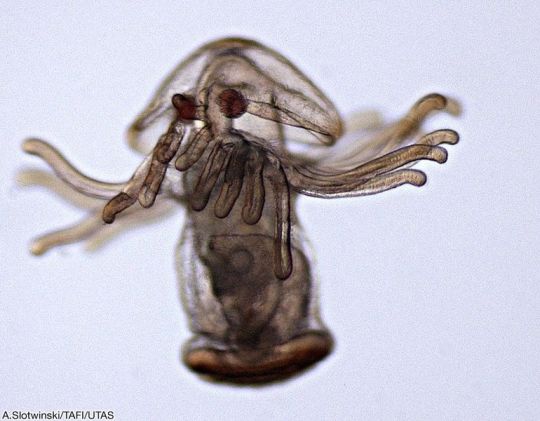
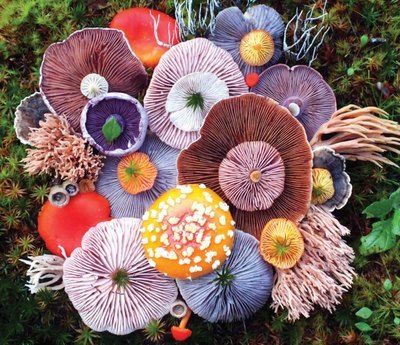
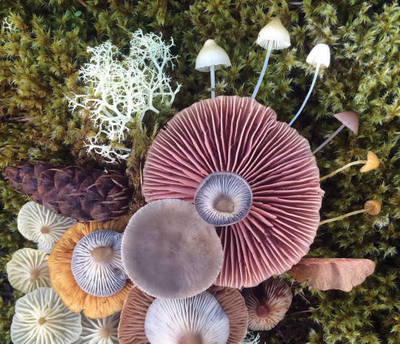
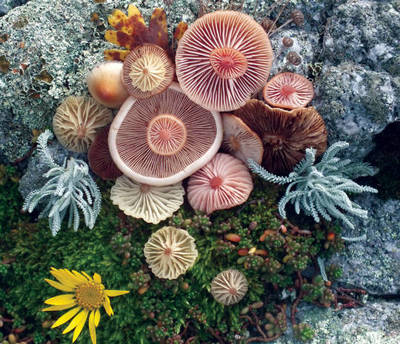
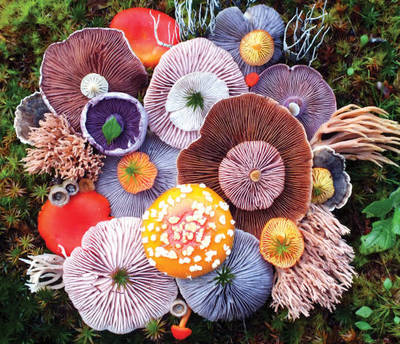
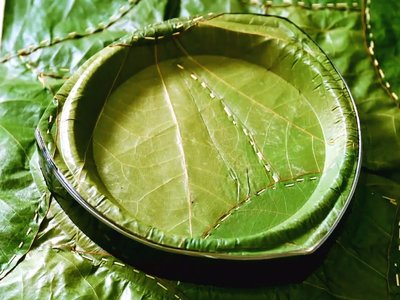
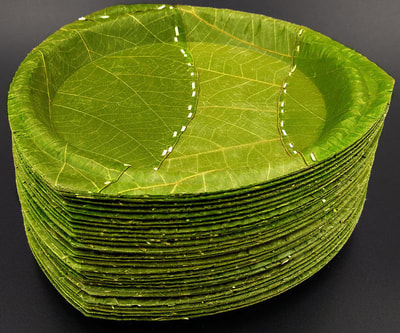
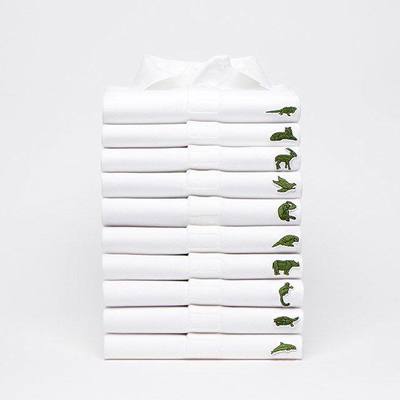

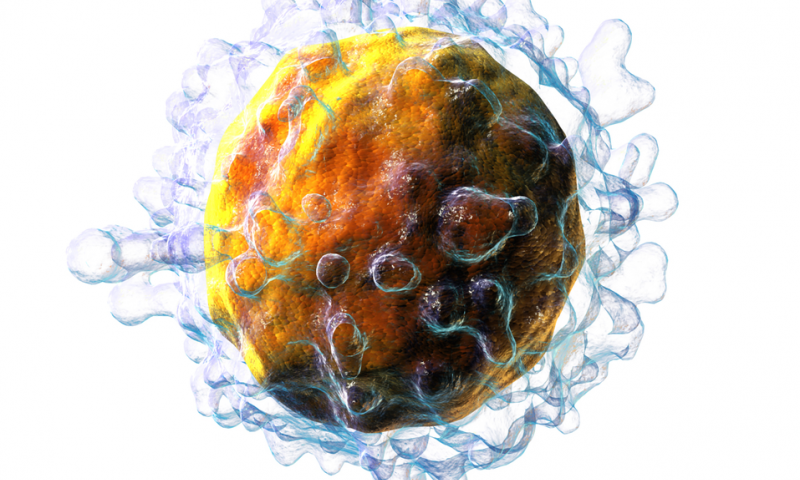
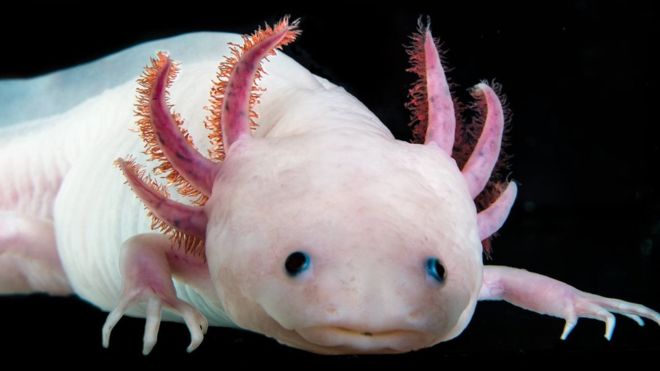
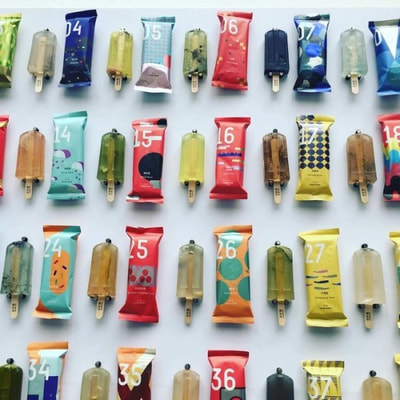
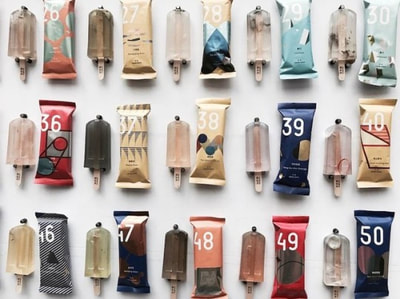
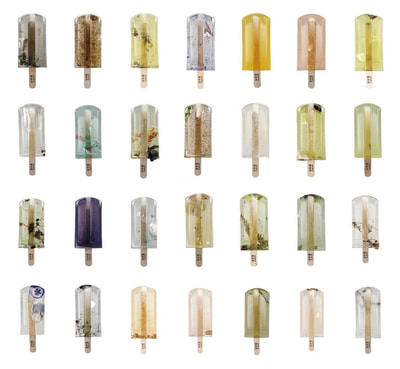
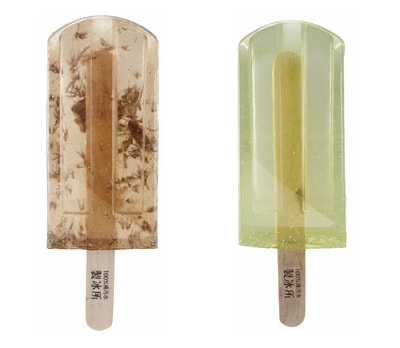

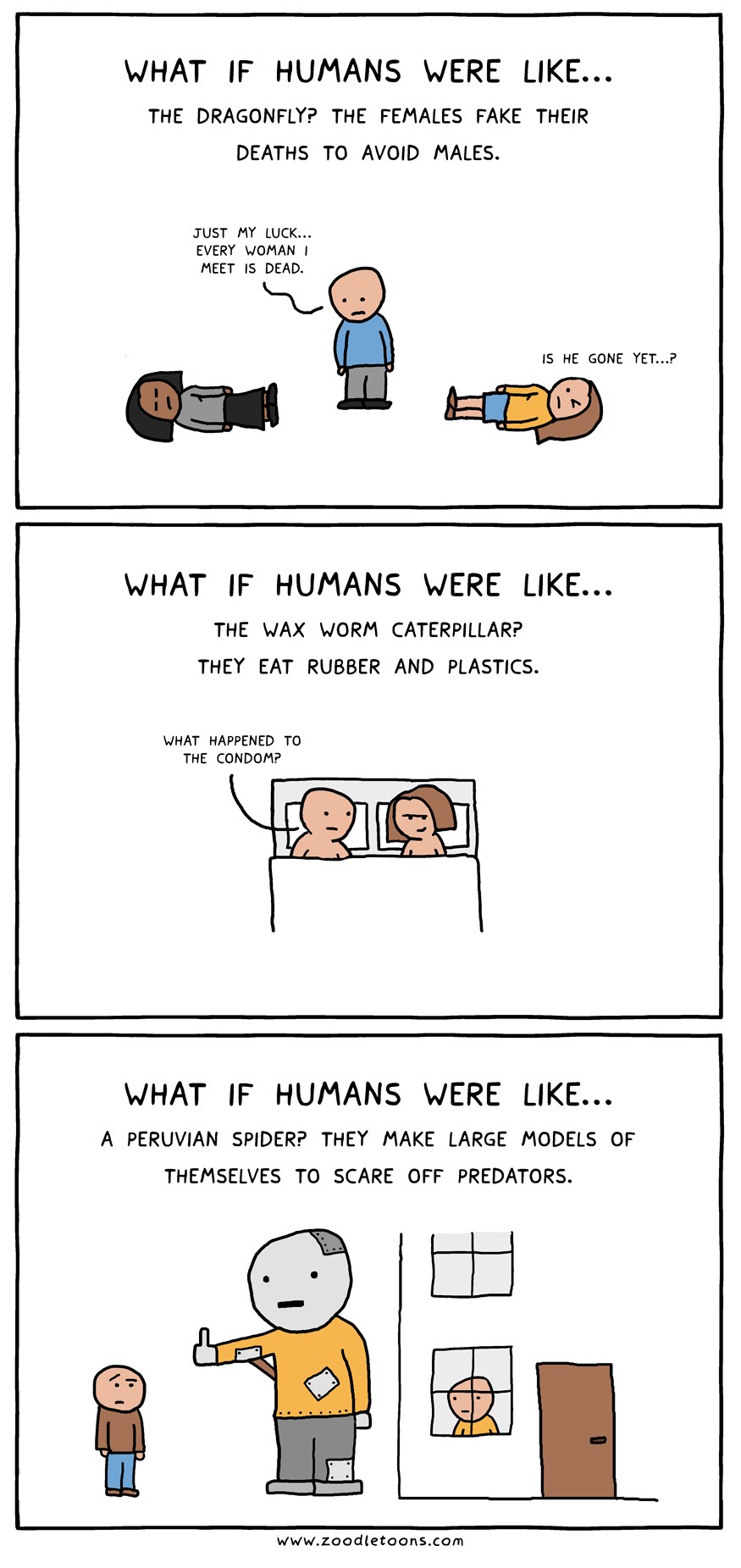
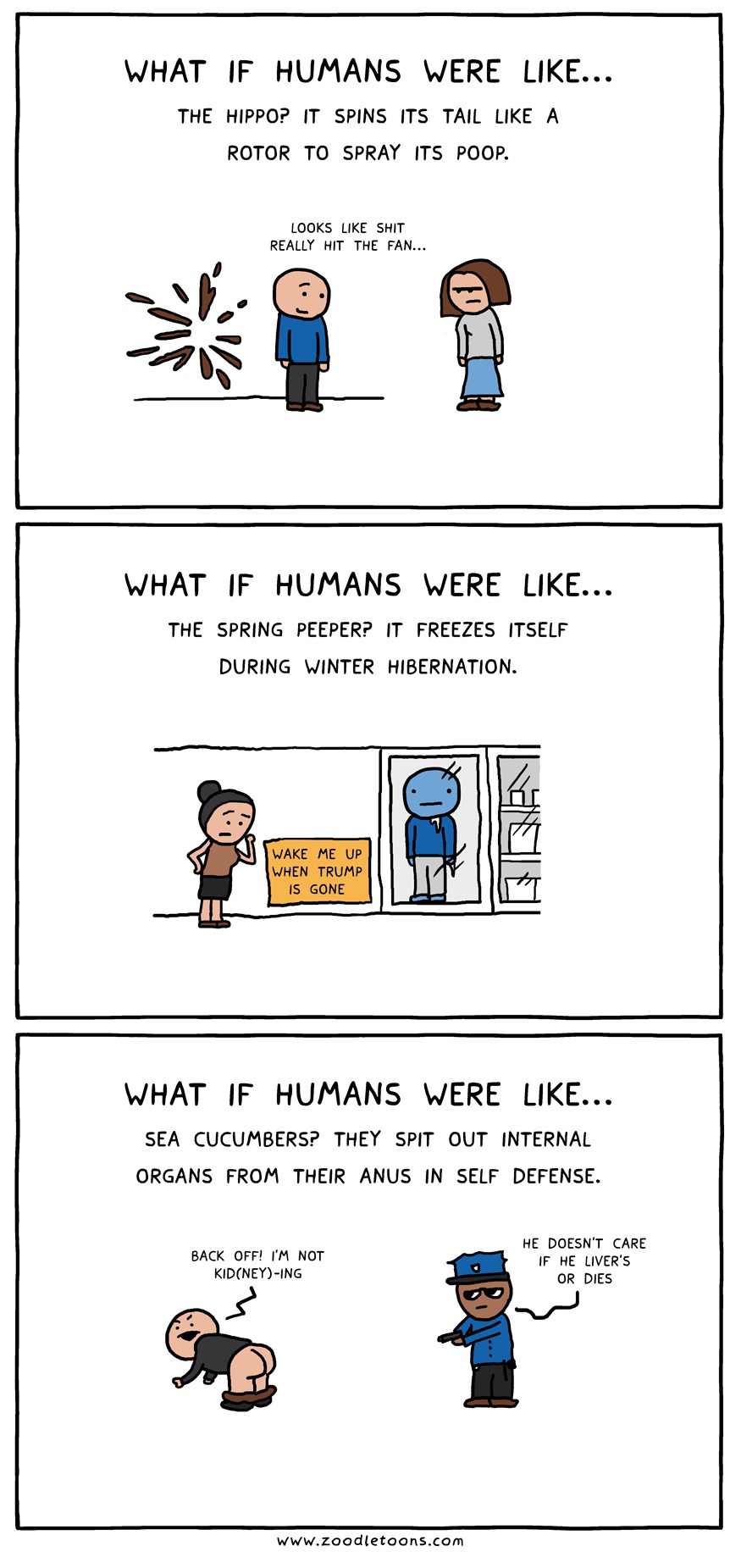
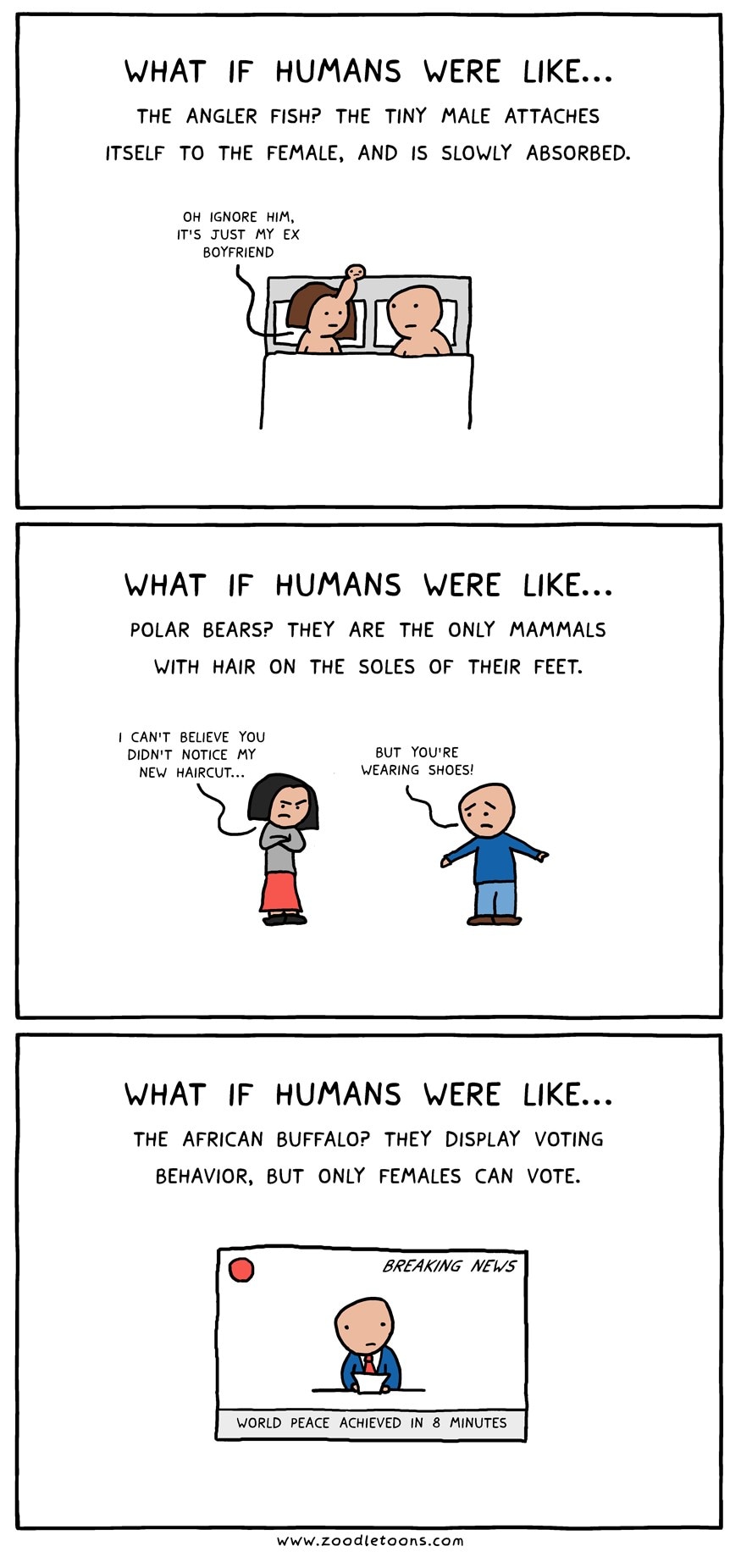
 RSS Feed
RSS Feed
